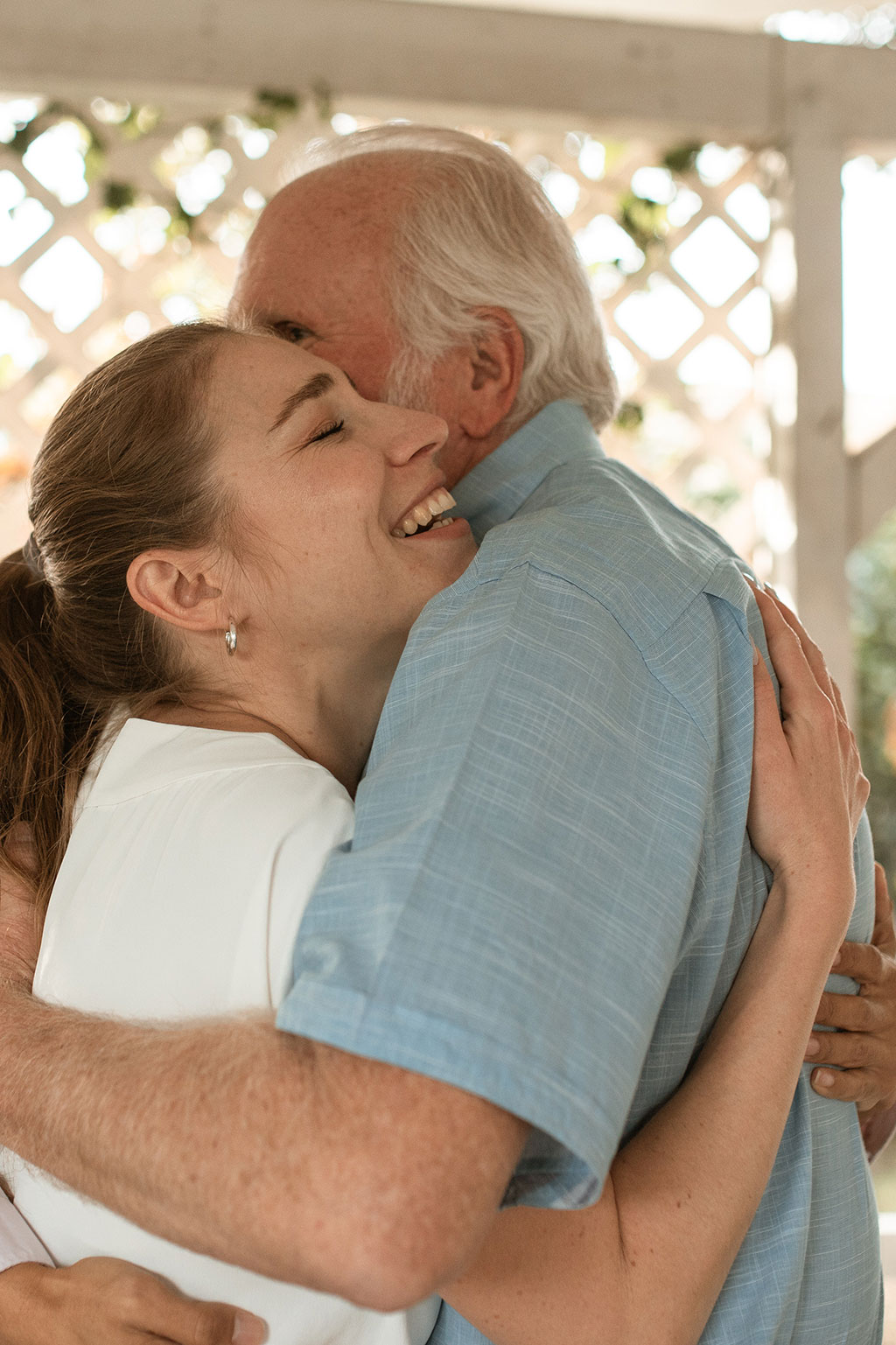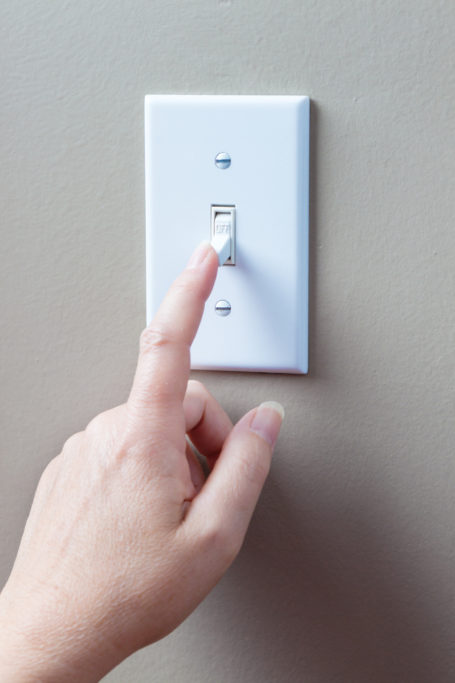From Rehab to Home: Making a Smooth Transition
Helping your loved one return home after a lengthy stay in a hospital or rehabilitation facility can be a big endeavor.
They may feel tired, weak, and unsure of how to manage once they arrive home, resulting in high anxiety and stress. Likewise, this transition can impact the caregiver—they may feel uncertain about how to best care for and meet their loved one’s needs, or unsure of what’s even expected of them. However, planning carefully and taking the necessary steps to ensure their safety and well-being can significantly reduce the risk of readmission due to falls or accidents and prevent burnout, for you as the caregiver.
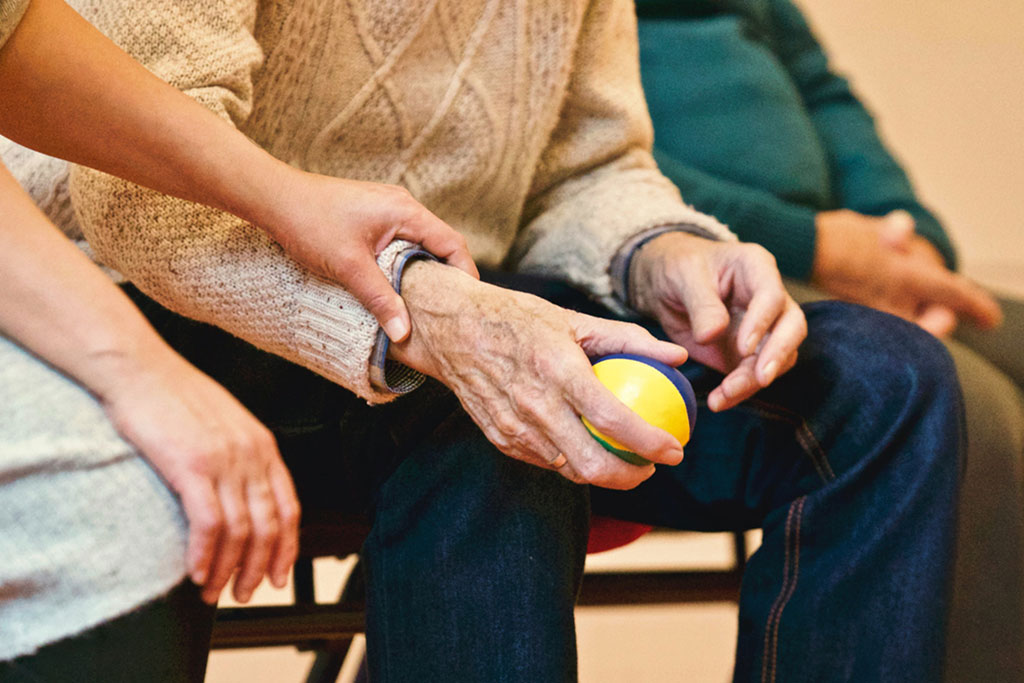
Prepare for their discharge
The best time to start thinking about this is right after your family member is admitted to a rehab center or the hospital. While that may seem too early, planning ahead gives you more time to prepare and arrange everything they’ll need to return home safely.
Coordinate with the medical team
It’s essential to meet the members of their medical team to discuss their care plan prior to your loved one’s return home. This may include the treating physician, nurses, social worker, and physical or occupational therapist. During these meetings, you can discuss their medication requirements and management, if medical equipment is needed, such as a wheelchair, walker, oxygen tank, or raised toilet seat, and what kind of aftercare is necessary. Also, should your loved one require any in-home treatment after discharge, such as physical therapy or wound care, make sure you know who will be providing the treatment and how often it’s required. And if you or another family member will be helping to provide care, it’s essential to receive the proper training on how to do so safely and effectively.
Note: If you have health care power of attorney for your loved one, it’s especially important to be kept in the loop about their care plan.
Home safety proofing
In advance of your loved one returning home, ensure all areas of the home is safe from potential falls and accidents that could result in their readmittance to a health care facility. Do modifications need to be made, such as installing bathroom grab bars or adding nonslip strips in the shower? Are there any tripping hazards like unsecured area rugs, loose electrical wires, or poor lighting? Consult with their physical or occupational therapist to help you identify any of these risk hazards.
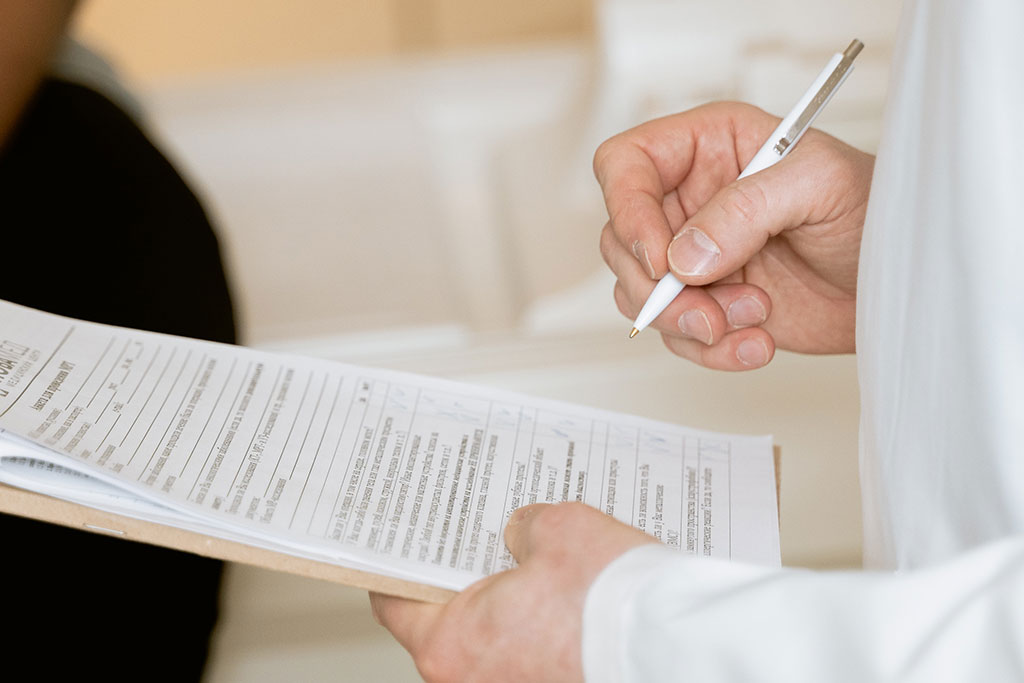
The transition to home
The first few days at home after a hospital or rehab stay can be overwhelming. But with the proper support of the health care team and other family members, you can provide your loved one with the care they need to recover and thrive at home.
Gauge their expectations
Everyone’s transition home from a health care facility is different; the care your loved one needs will depend on their health upon discharge. Most importantly, you’ll need to decide if it’s safe for them to be left alone. Can they maintain their hygiene and prepare their own meals? Can they ambulate the stairs and move around their home without issue? If you’re unsure, it’s always best to err on the side of caution and have someone, whether a friend or family member, stay with them until you know their capabilities and limitations.
Hire an in-home health service
Short-term home health care can be a great option if you feel your loved one may need more help. These caregivers can provide additional assistance for activities of daily living, household chores, or transportation, as well as emotional support and companionship. The doctor may authorize this if medically necessary; if they don’t, you can still contact your local agency on aging to inquire about available caregiver support and services. Don’t wait until the last minute to seek in-home care, as it may take some time to find the best match for your situation.
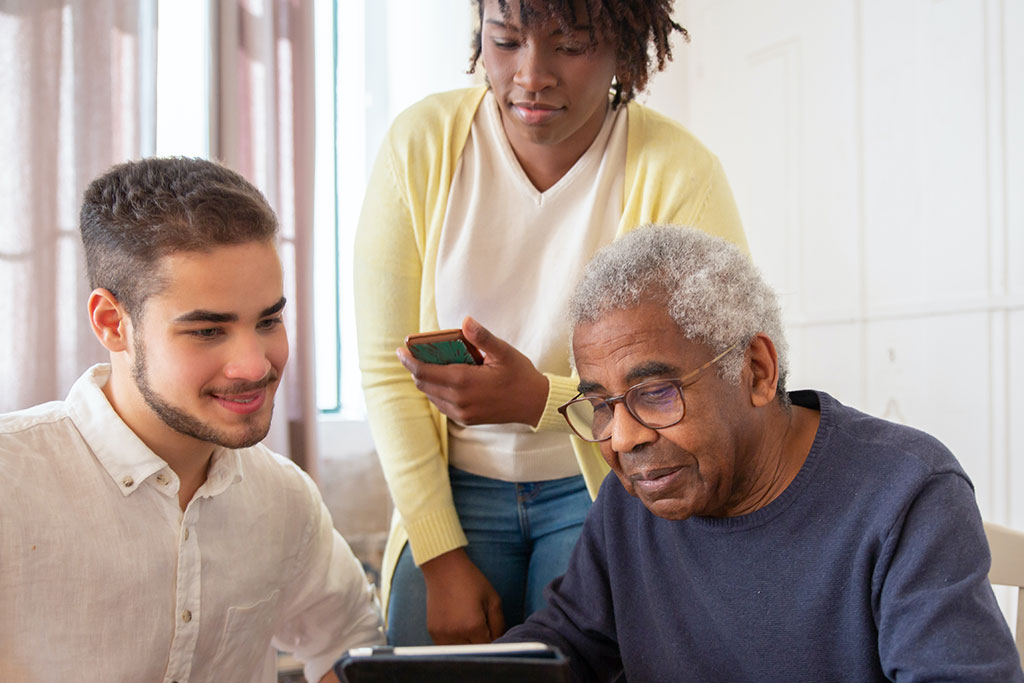
Make a plan for follow-up care
After a hospital stay, setting up a network of health care providers for your loved one is important to ensure they receive the best follow-up care. Make a list of all the doctors, specialists, therapists, and social workers involved in their case, and determine who in the family will be responsible for scheduling appointments and transporting them there if they cannot do so themselves. Also, create a list of questions to ask the doctors so you or whoever is with your loved one can address any concerns.
If you are a family caregiver, it’s important to remember that you’re not alone. There are many resources available to help you through this transition, and the discharge planning team can help you find the services you need. And make sure to take care of yourself by attending to your own emotional and physical well-being. Setting aside even just a few minutes for yourself each day can help you avoid burnout so you and your loved one can be well taken care of.











